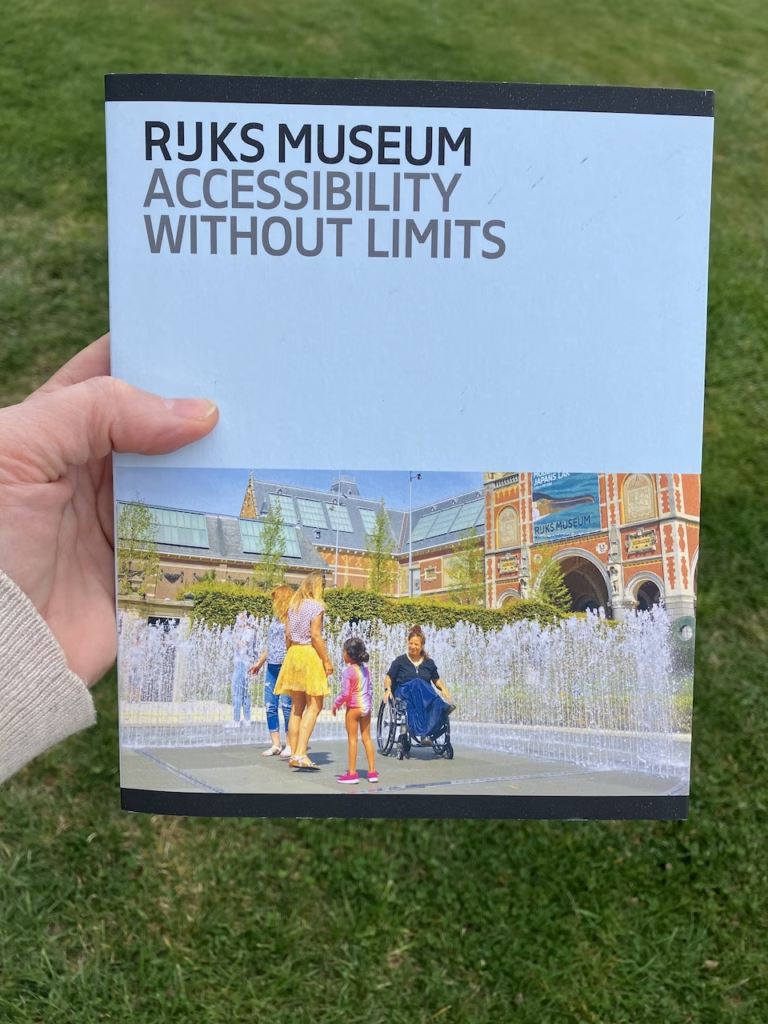
At the Zero Project Conference in Vienna's UNO City in early March, Doris Rothauer spoke with Cathelijne Denekamp of the Rijksmuseum Amsterdam about the museum's inclusion strategy. Three aspects characterize the museum's innovative approach.
First, accessibility and inclusion are anchored in the museum's organizational chart as a staff unit under the management, making them a consistent theme across all departments. In her role as Accessibility Manager, Cathelijne's mission is to ensure that the museum gradually becomes accessible to everyone, with a wide range of inclusive art education offerings to meet a wide variety of needs.
Second, the museum's accessibility and inclusion measures are based on a "Theory of Change," a strategic tool and method for targeted planning and evaluation of social change. This makes the connection between activities, outcomes, and the desired impact—namely, cultural participation for all—clearly visible and communicable.
Third, the Rijksmuseum is also taking new and innovative steps in art education. For example, the painting collection demonstrates that disability and barriers have always been a theme in art, whether through representations or due to the artist's disability.
The museum now has a broad knowledge of accessibility and inclusion, which is disseminated in the form of publications and guidelines not only to all employees but also to the public, for example as downloads on the websitee.
